以前、このブログでシンクロニシティ(共時性)現象に関して取り上げたことがありました。
少し引用させていただきます。
誰でも、シンクロニシティー (共時性)現象を経験されたことがあると思いますが、この現象は、希望と期待と知識と経験の統合が合わさった時に最も生まれやすいそうです。
希望と期待とは、つまり自分自身の心が開いている状態、共時的現象に他の人より気が付きやすいということになります。
このシンクロニシティと融和性のある言葉に、セレンディピティがあります。
セレンディピティ(serendipity)とは、素敵な偶然に出会ったり、予想外のものを発見すること。また、何かを探しているときに、探しているものとは別の価値があるものを偶然見つけること。平たく言うと、ふとした偶然をきっかけに、幸運をつかみ取ることである。
と説明されています。
また、似たようなコンセプトに、民俗学者で知の巨匠といわれる、南方熊楠氏が提唱した、”やりあて” という考えがあります。
「やりあて」とは、偶然の域を超えた発見や的中により、創造的な事柄を成し遂げることをいいます。熊楠は夢で知らされた粘菌(例えばナギラン)を実際に見つけるなど、何百という粘菌、隠花植物発見の例を日記、書簡、論考に記しています。「やりあて」に至るには、まず、「直入(じきにゅう)」する。「直入」とは直接入ること、頭であれこれ考えるのではなく、いわば了解(了簡)することです。そして鋭い五感と膨大な知によって編まれた偏見のない「密なる網」で対象をとらえ「暗黙的」に「総攬」(あまねく学ぶ)することによって包括理解をし、そこから「ひらめき」(神来・行為の自動化)が生まれる。その「ひらめき」を「will」(得られた直観を信じて行動する強い意志)によって具体的に行動に移したとき、そこに独創的・創造的な発見「やりあて」が生まれるというのです。
ここからは、私自身の解釈となります。共時性現象を生み出すためには、希望と期待、そして知識と経験の統合が必要な訳です。
この希望と期待の部分は、偶然や予想外のものを発見するために自らの行動範囲や思考を拡げることが必要。
つまり、予定調和でない偶然が生み出しやすい環境を作ることが大事だと感じます(=セレンディピティ)。
一方で、知識と経験の部分に関しては、やりあての説明に触れられているように、知の蓄積と経験に基づいた鋭い五感(勘)が必要。
つまりは、簡単に言うと、膨大な量の勉強と反復練習が大事ということだと思います。
私自身、まだ達成できていない夢の中には、単なる努力だけでは達成できないものがあります。また、運だけでも達成できないこともわかっています。努力と運、この両方が合わさり、また、セレンディピティとやりあてを意識することで、いつか夢を叶えられたらいいなと想うこの頃です。
(English)
I have previously covered the synchronicity phenomenon on this blog.
Let me quote from it a little.
I’m sure everyone has experienced the phenomenon of synchronicity, which is most likely to occur when hope, expectation, knowledge and experience are combined.
Hope and expectation, in other words, means that you are more likely to be aware of your own openness and synchronic phenomena than others.
A word that is compatible with this synchronicity is serendipity.
Serendipity is when you come across a nice coincidence or discover something unexpected. It is also when you are looking for something and happen to find something of value that is different from what you are looking for. In layman’s terms, it is to seize good fortune through a sudden coincidence.
It is explained as.
There is also a similar concept of “Yariate”, which was proposed by Minakata Kumagusu, the folklorist and master of knowledge.
Yatate” means to accomplish something creative by discovering or hitting something beyond the realm of chance. Kumagusu recorded hundreds of examples of the discovery of slime mold and cryptomeria in his diaries, letters and essays, including the discovery of a slime mold (e.g. Nagiran) that he had been told about in a dream.
In order to arrive at a destination, one must first “enter directly”. This is not a matter of thinking things over in one’s head, but of understanding (Ryoji). By grasping the subject with a dense, unprejudiced “dense web” woven by the five senses and vast knowledge, and by implicitly “grasping” (tacitly learning), comprehensive understanding is achieved, and “inspiration” (the automation of divine will and action) is born from this. When that inspiration is converted into concrete action with a “will” (a strong will to believe and act on the intuition obtained), this is where creative and creative discoveries (yarate) are made.
Here is my own interpretation.
In order to create a synchronic phenomenon, it is necessary to integrate hope and expectation, knowledge and experience.
This hope and expectation part requires us to expand our scope of action and thinking to discover the coincidental and unexpected. In other words, I feel it’s important to create an environment where coincidences are easy to create (= serendipity).
On the other hand, the knowledge and experience part, as mentioned in the explanation of yarate, requires accumulation of knowledge and five senses (intuition) based on experience. In other words, I think it is important to study a huge amount and practice repeatedly.
Some of my own dreams that I have yet to achieve are not achievable by mere effort alone. I also know that I can’t achieve them through luck alone. Nowadays, I hope that by combining hard work and luck, and by being aware of serendipity and commitment, I will be able to make my dreams come true someday.



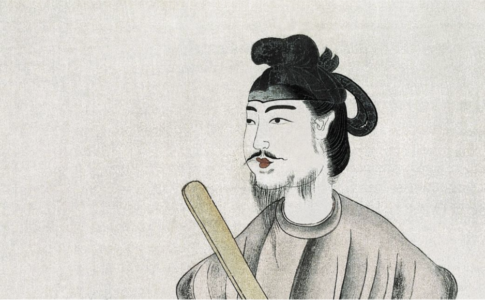
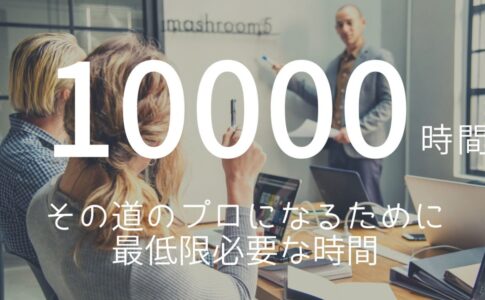

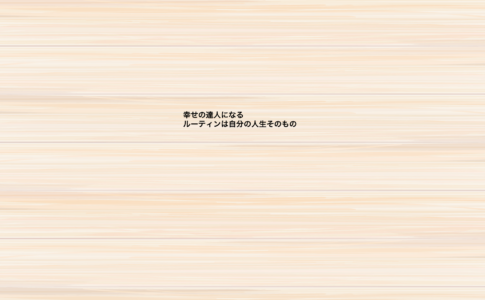
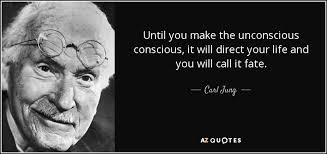

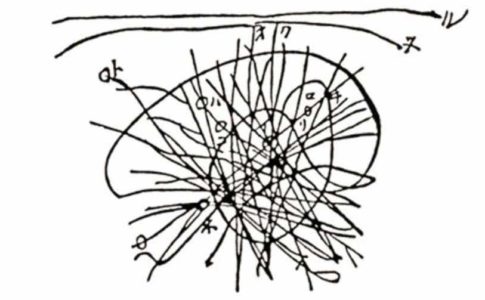

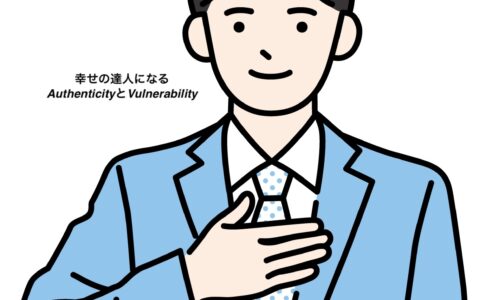
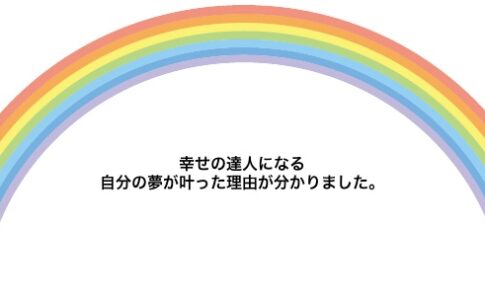
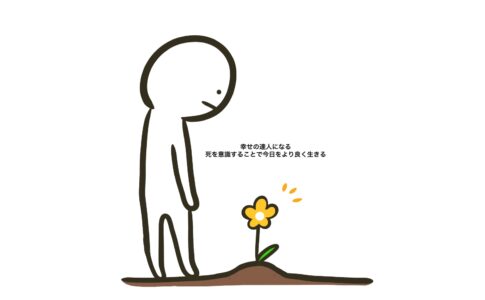
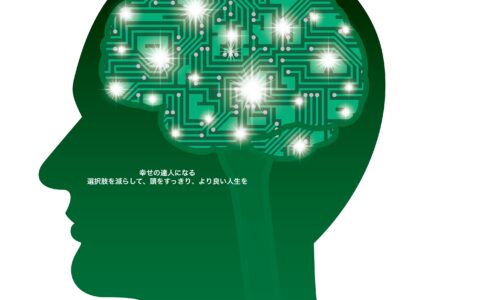

コメントを残す